Clutch plates -BGM PRO Ø=108mm- type Honda CR80 modified for clutch type Vespa Cosa2/FL (1992-), PX (1995-), Superstrong, Scooter & Service, MMW – 4-plates
Upgrade for Vespa Cosa2 clutch types!
Higher performance, higher torque, higher anything… This is what the new engines like Malossi MHR221, Quattrini M232 & Co. have on offer.
The concentrated torque of these engines has to find its way to the road.
One of the most important connections between the pulsating engine and the road therefore is the clutch, with one of the most difficult tasks in an engine.

On the one hand you want every tiny bit of torque to be entirely transmitted to the gearbox and on the other hand you want a reliable, durable and easily usable system.
The more performance you had to rein in, the stronger the springs you use with cork clutch plates. At least this used to be the rule for Vespa clutches.
Such an „improved“ clutch actually demands almost herculean force in handling, since you need immense force to pull the clutch lever – so this is not really a solution…
In order to grant longterm reliability of a clutch, you’d have to increase elasticity for performances above 35HP drastically. The same would be true for the resulting torque. Surface pressure, however, would be too high for cork plates.
When you put high pressure on natural cork, it will behave like a sponge, which effects behaviour and biting point of the clutch. This material won’t cope with deformation, torque and mechanic strains during sliding friction. Once the cork was put under high pressure and slipped, causing a worn clutch, the surface of the plate will burn and cause a loss of fastness between cork and steel plate.

The question is: How to achieve a balance of a well functioning clutch where you don’t need strength to use it and a high degree of transmitted torque?
All you can do is to use another material on your clutch plate with improved friction value and to know your physics…
Clutch lining used for motorcycles is extremely loadable. But there are no plates, which could directly be used with a Vespa clutch.
We therefore have clutch plates modified, like the one used in a VFR400 and in a Honda CR.
These modified clutch plates can easily be fitted in the well known Cosa clutches.
The upper plate will have to take the task of the top plate in a normal Cosa clutch.
This plate is modified in a way to also fit the clutch circlip.

The plate set and its modification change the overall height of the plate set. Original Piaggio cork plates are a little higher than CR-plate sets.
You can add another plate as reinforcement, in order to level size and to gain more stability for the top plate.
You are working on a Superstrong or an ordinary Cosa clutch? Check if you really need a spacer plate.
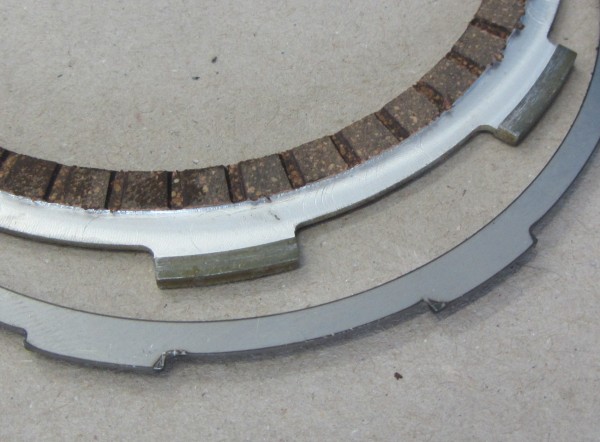

The CR clutch plate is made of a high-strength alloy and a lot thicker than steel clutch plates with an ordinary cork lining.
This is why the noses are less responsive to knocking off at the clutch basket. But wide noses won’t help, if the clutch basket dampers in the primary drive are broken or tired. Load peaks will be entirely transmitted to the clutch. You can prevent this by using a reinforced primary drive repair kit.
Stronger noses of the CR-clutch plates are also tight in the larger space in the clutch basket of the „Cosa-version“ of a Superstrong.
You can see a comparison with a Piaggio Cosa plate. The modified CR-clutch plate on the left – Piaggio Cosa on the right. 
Seeing CR-plates triggers one question: „How can such a small, flat clutch plate be better than the larger cork version?“
One: material with better friction value. Two: „effective radius“.
The outer diameter in connection with the height of the lining results in a certain radius, which is decisive.
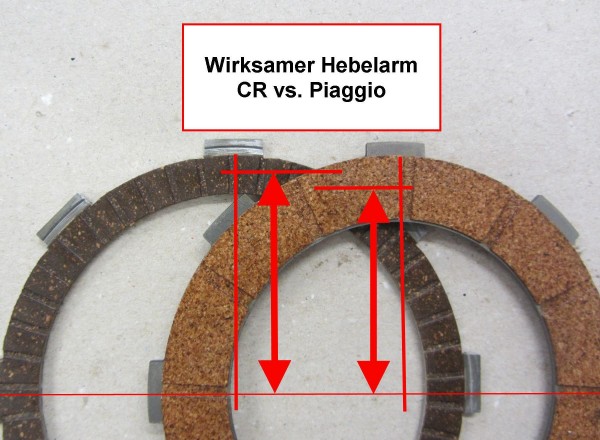
This means that with the same diameter, the lever arm, which counters the torque at the hub, is longer, since the distance between the centre of the lining and the crankshaft pivot point is larger. Which basically is the simple lever principle. So to say: it’s „easier“ for the clutch lining to deal with the torque.
As you can see, there are two reasons why a clutch with CR-plates can transmit higher torque at the same contact pressure of springs. It is general, omnipresent physics and the material used for clutch lining. The clutch plate sets fit any Cosa 2 clutch. Do you already have a Superstrong? The same set is also easy to use or you can compile it yourself.
A CR-plate set stands for a low movement of lever and a clear and freely working clutch. The plate material also guarantees easy and secure shifting of gears in high revs. We recommend to use oil with Jaso- MA / MA2 or API GL-4 specifications.
For instance Valvoline 10W40 MA2.
The plate set is available with and without steel plates:
You are using a normal Cosa clutch? We recommend adding a set of reinforced springs:BGM8800A – Clutch spring set -BGM PRO XL- Vespa Cosa2 – 8 pieces
BGM8801A – Clutch spring set -BGM PRO XXL- Vespa Cosa2 – 8 pieces

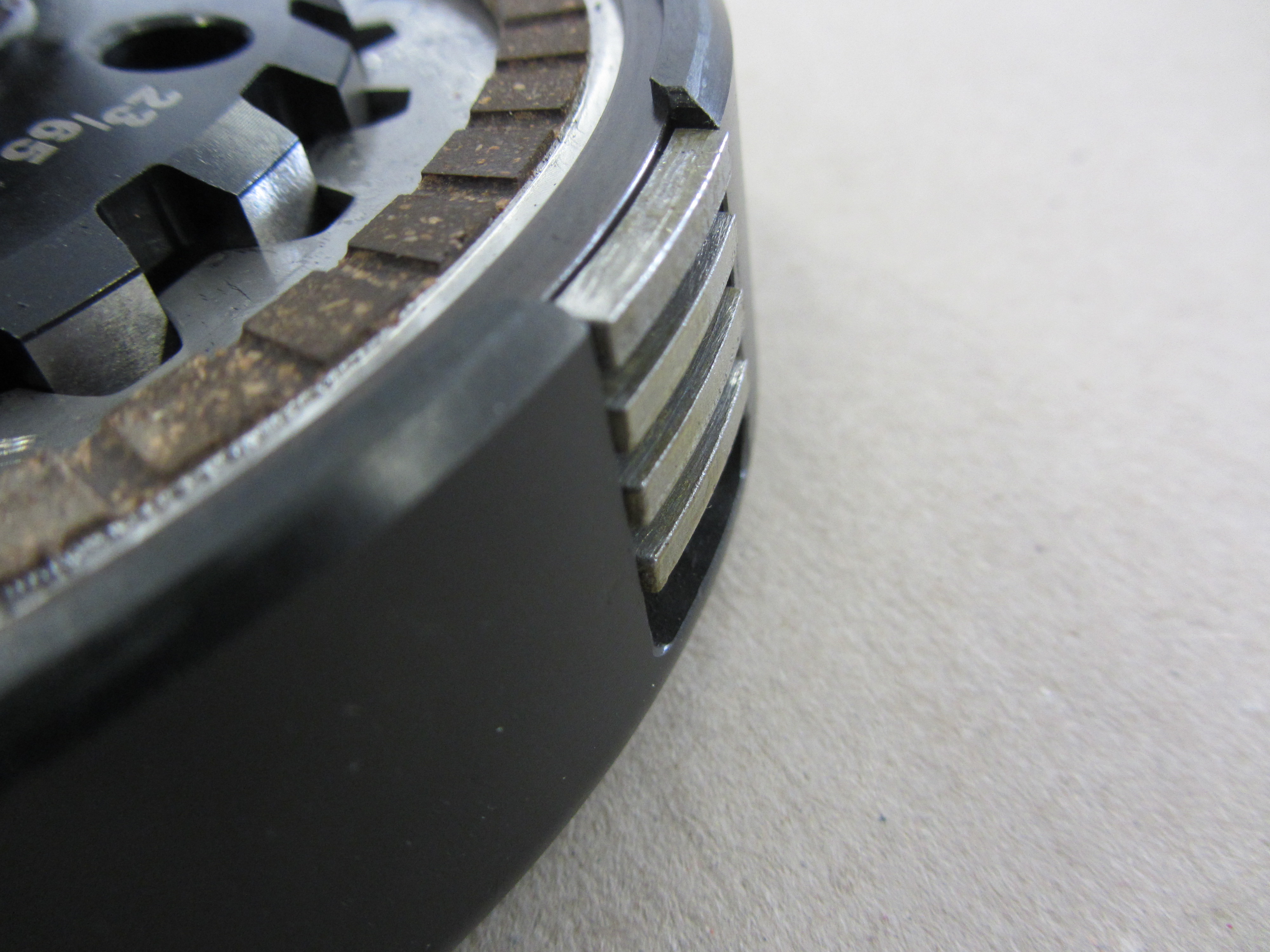
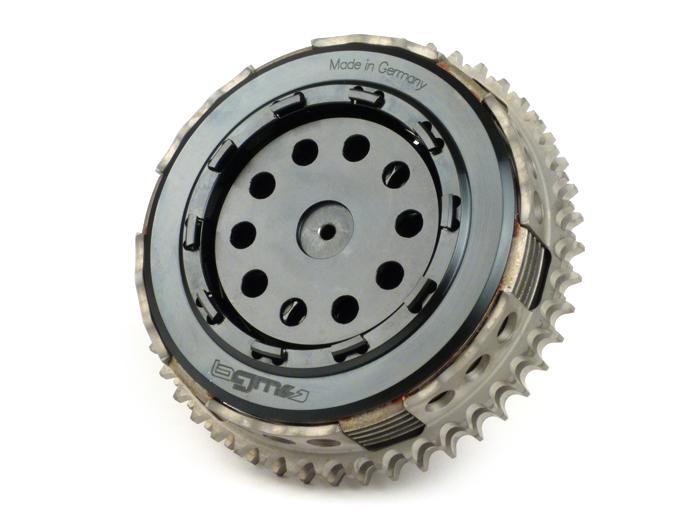

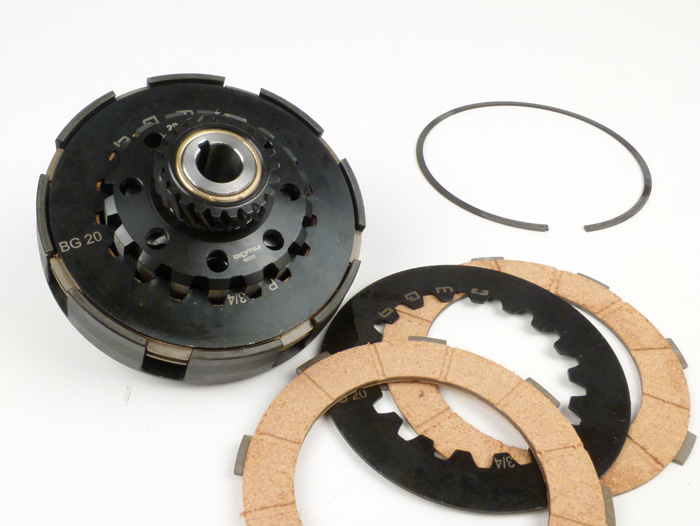
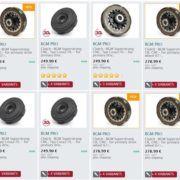
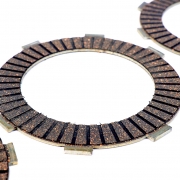
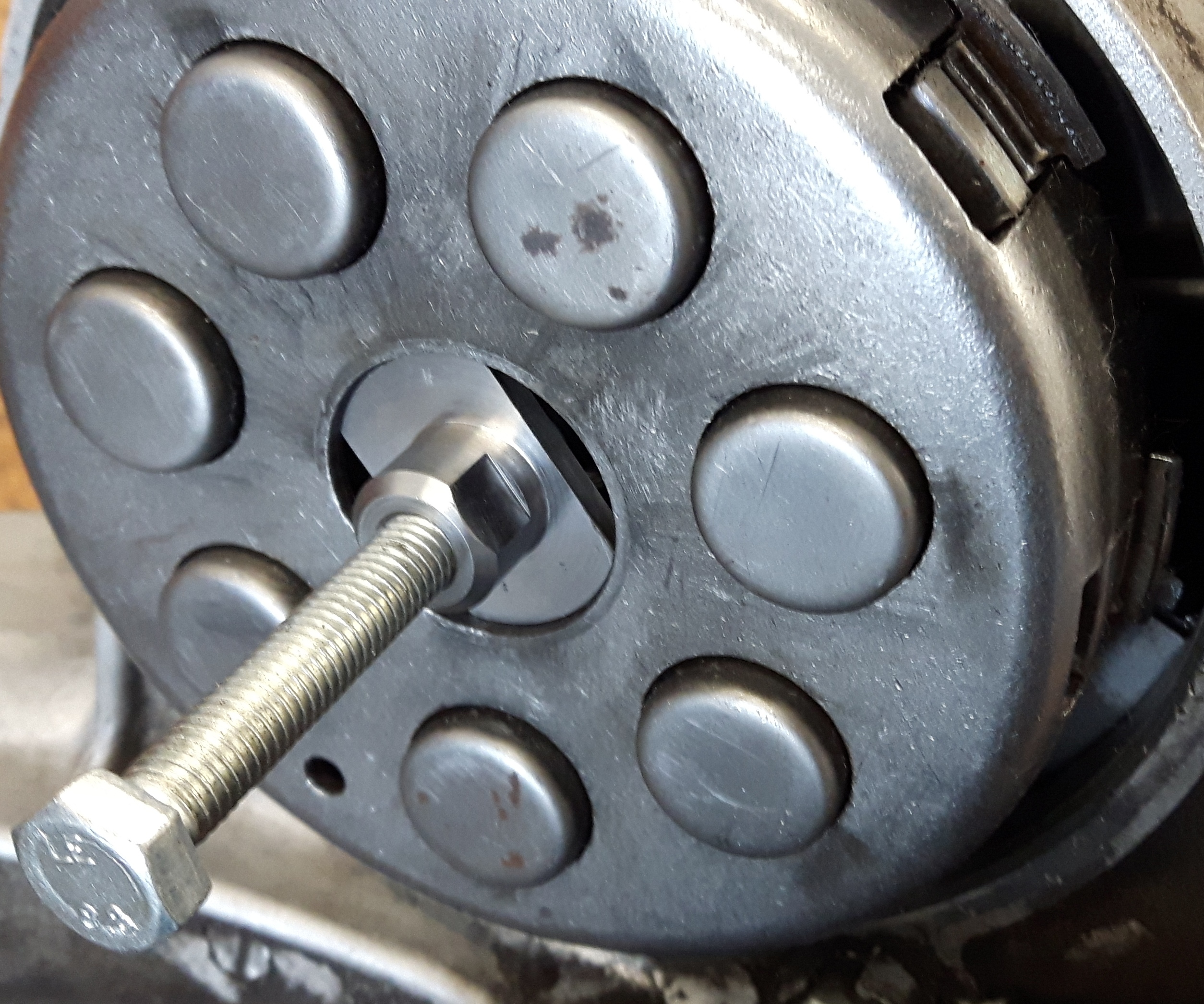
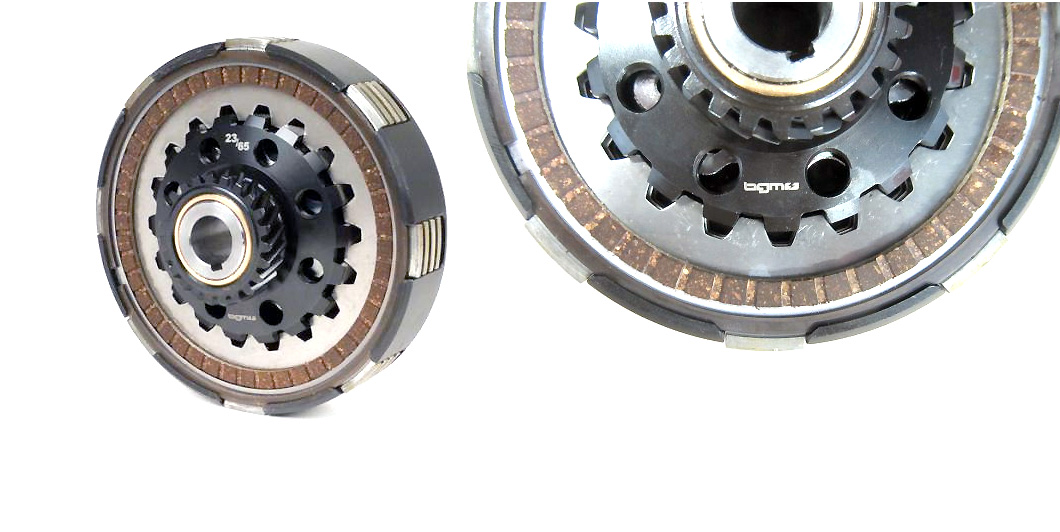


Hinterlasse einen Kommentar
An der Diskussion beteiligen?Hinterlasse uns deinen Kommentar!